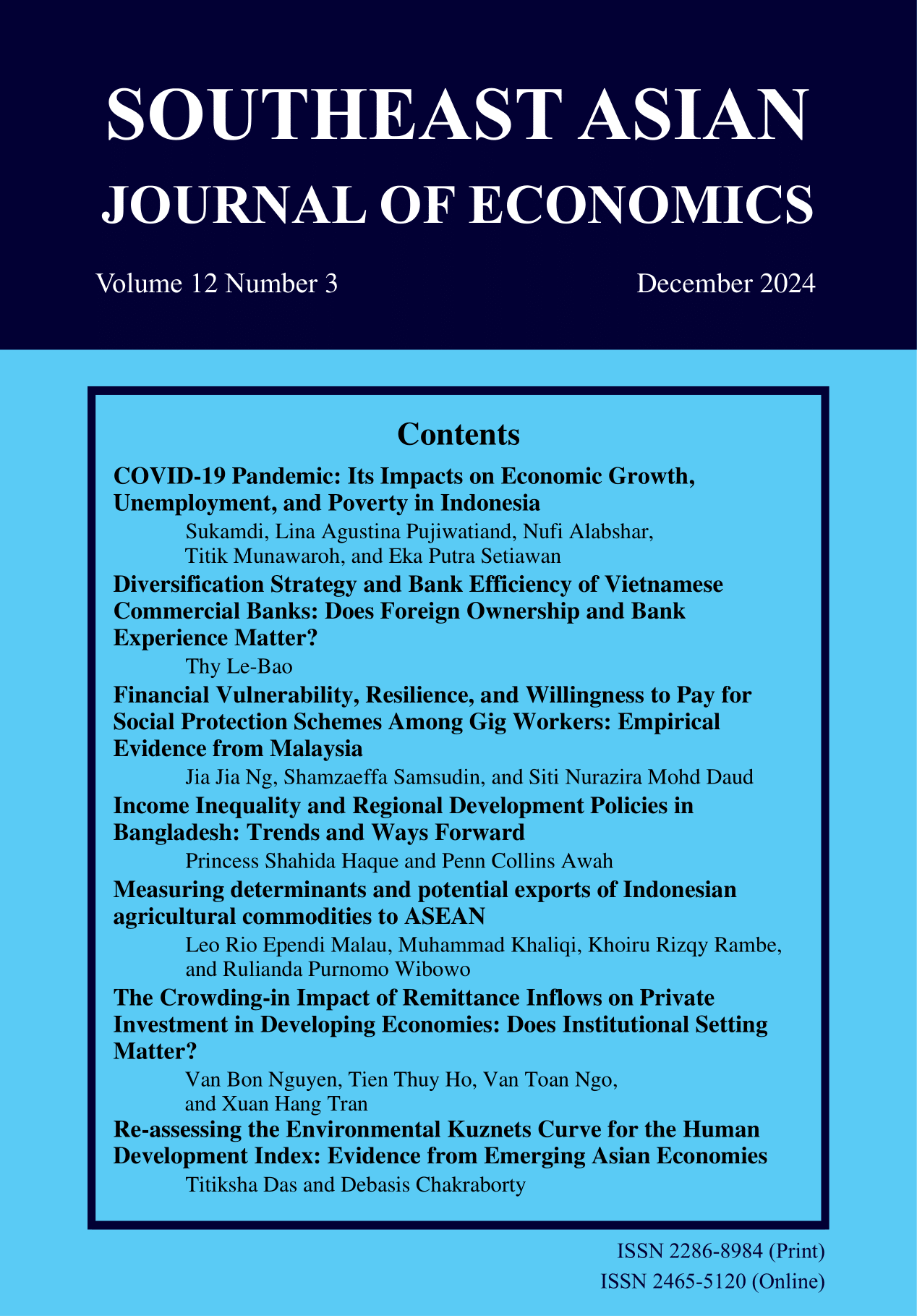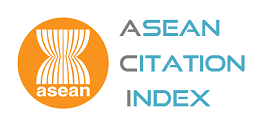Re-assessing the Environmental Kuznets Curve for the Human Development Index: Evidence from Emerging Asian Economies
Keywords:
environmental degradation, Environmental Kuznets Curve, human development, fixed effect, random effectAbstract
Environmental Kuznets Curve (EKC) postulates an inverted U-shaped relationship between environmental degradation and measures of economic growth such as GDP per capita or income per capita. This study attempts to re-assess EKC with an indicator of human development instead of economic growth with a cubic specification. An empirical analysis was conducted for ten emerging Asian economies from 1990 to 2018. Using fixed effects and random effects regression models, we found an N-shaped curve for human development and environmental degradation. In a unique attempt, the study also determined the percentage of observations lying between the turning points. Deploying energy-efficient and renewable energy technologies will ensure that higher HDI scores are ecologically sustainable for developing economies. Framing policies that encourage higher percentages of renewable energy in the current energy mix will help to reduce pollution and facilitate the decoupling of human development from non-renewable energy consumption such that their positive relationship does not recur.
Downloads
Published
How to Cite
Issue
Section
Categories
License
Copyright (c) 2024 SOUTHEAST ASIAN JOURNAL OF ECONOMICS

This work is licensed under a Creative Commons Attribution-NonCommercial-NoDerivatives 4.0 International License.
The submission of a manuscript implies that the paper is an original work and has not been published elsewhere. The author(s) authorize the journal to reproduce or distribute the paper in printed or other electronic forms.







